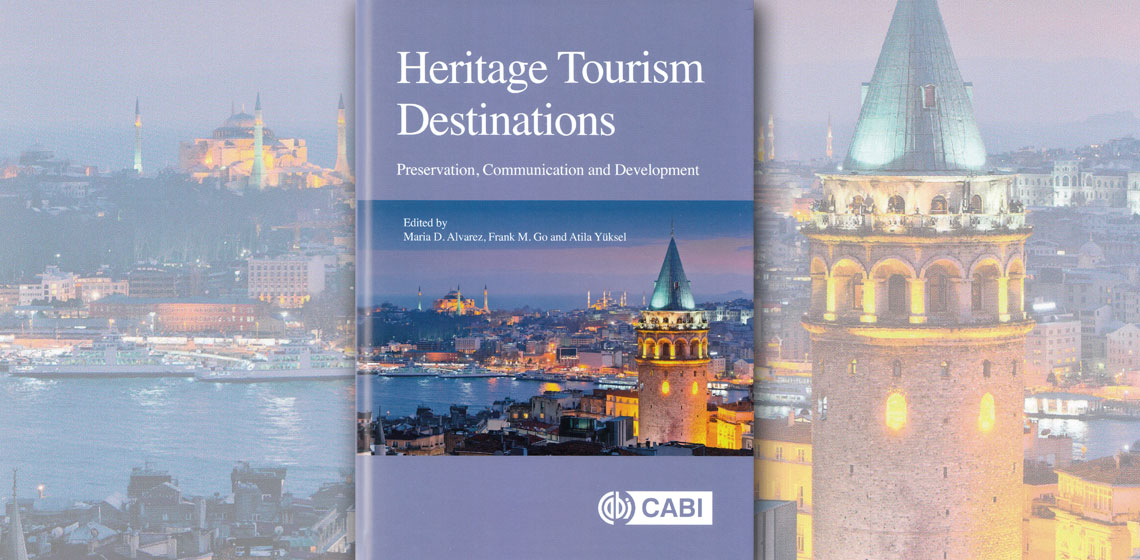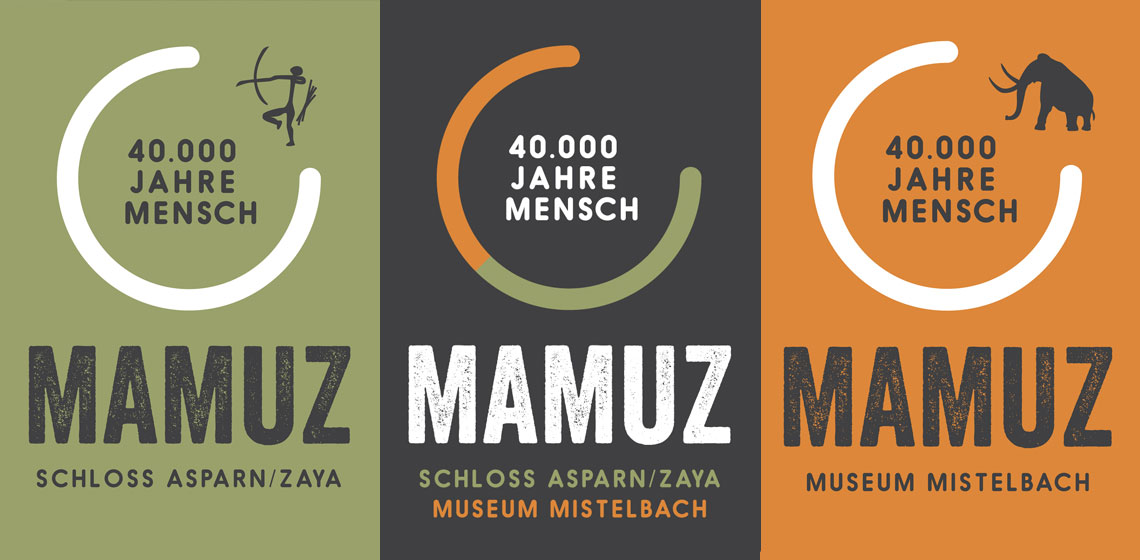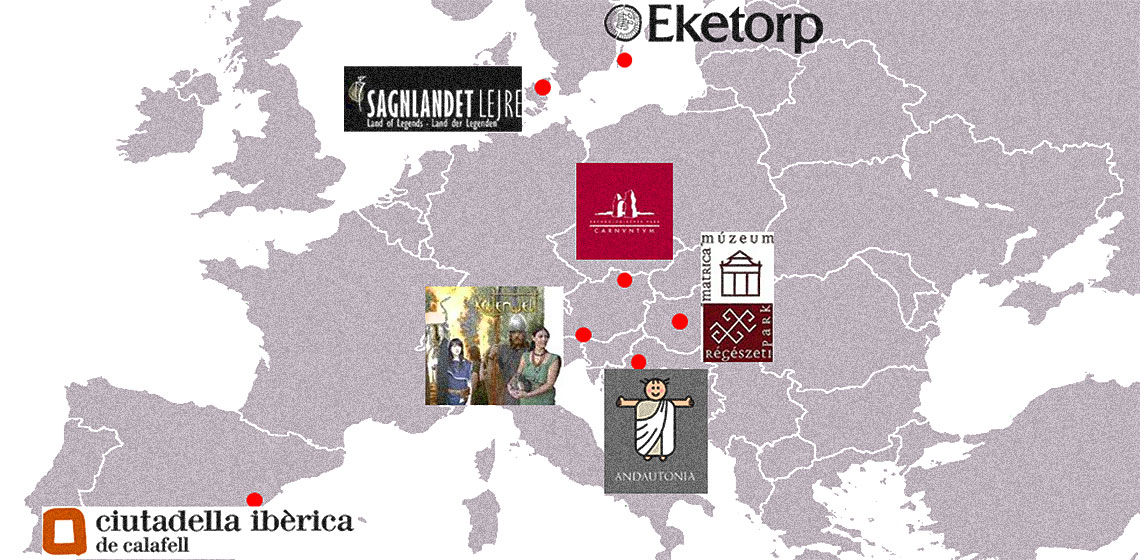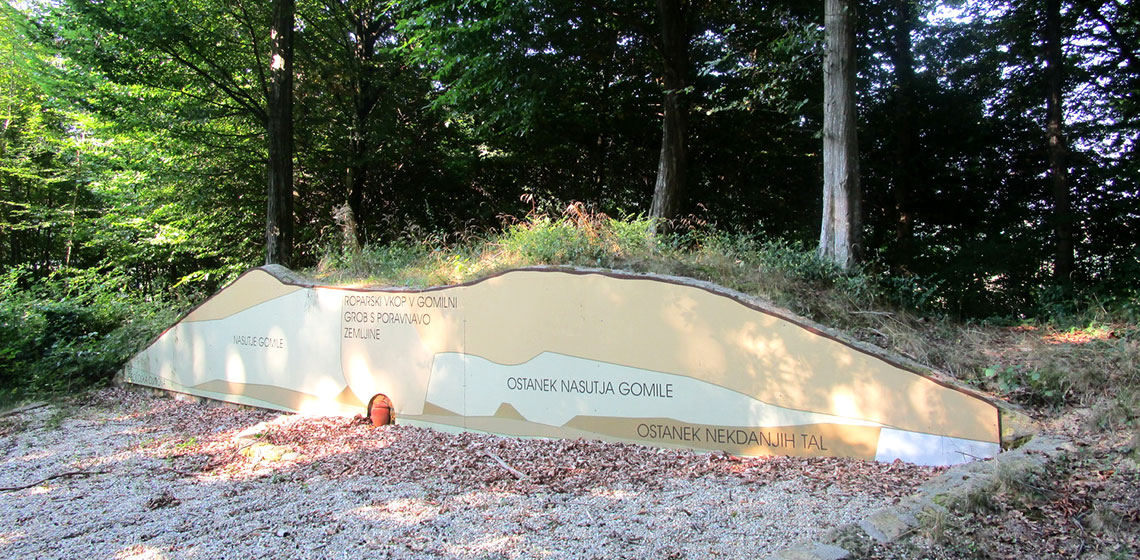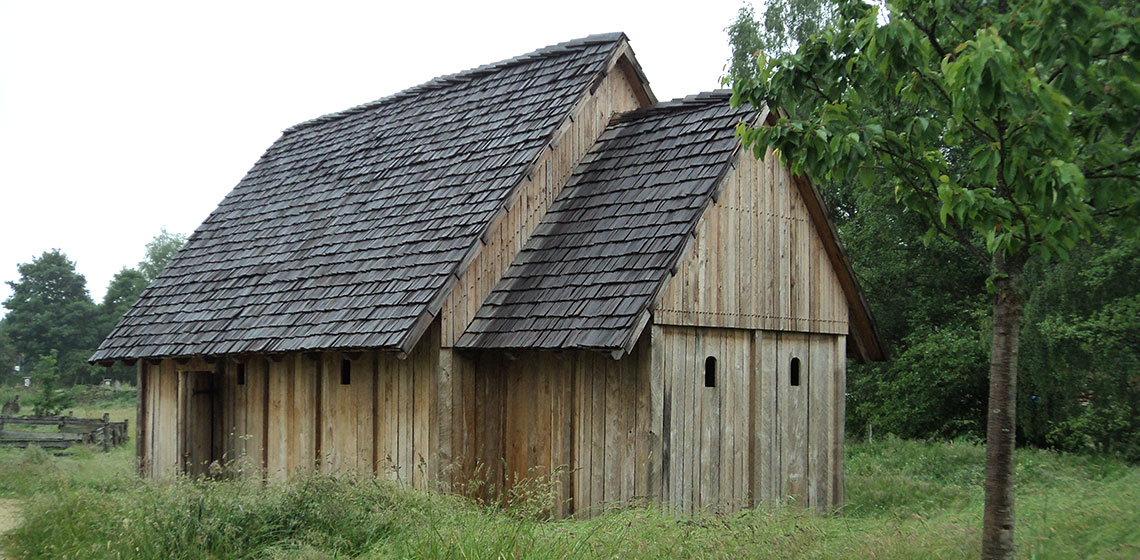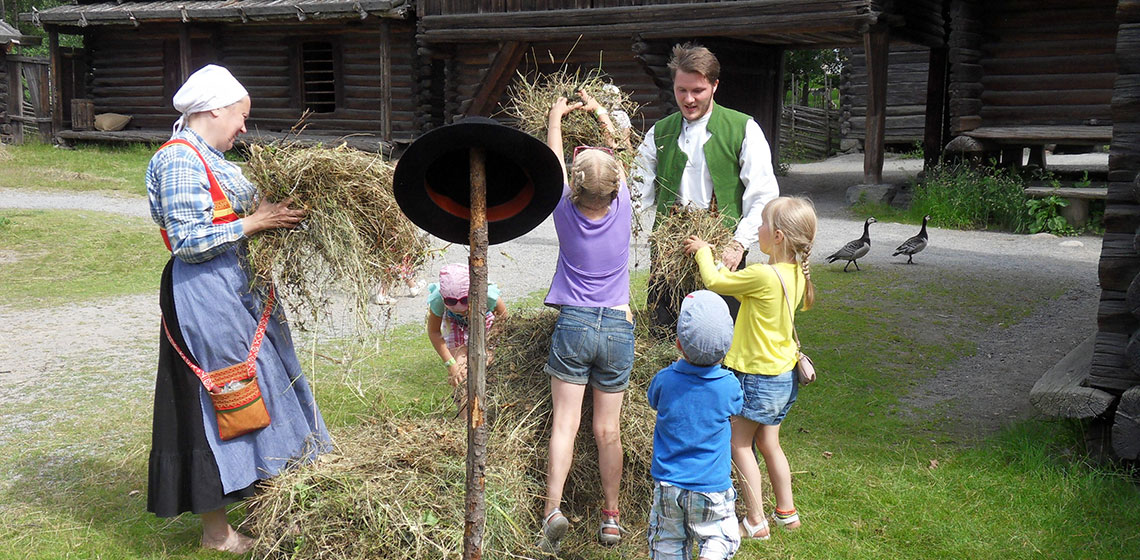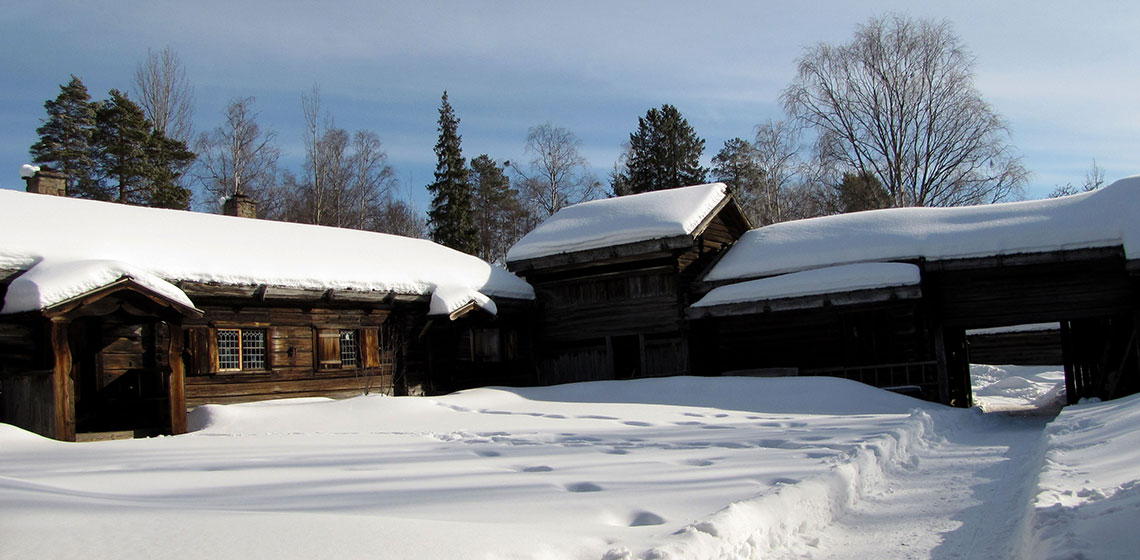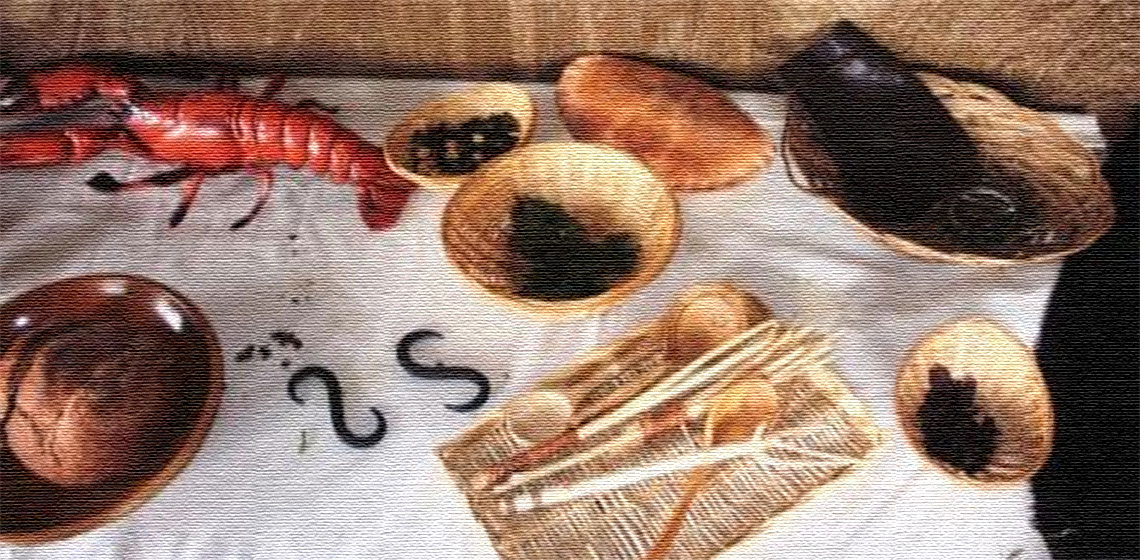The Story of your Site: Archaeological Site Museums and Archaeological Open-Air Museums
Archaeological site museums may not be that well defined worldwide, yet, they are found almost everywhere. Archaeological sites with reconstructed buildings based on archaeology however seem to be a younger phenomenon and are mainly concentrated in Europe, Japan and North America. Both types of museums however have old roots. Important is not so much the site per se, but the message...

